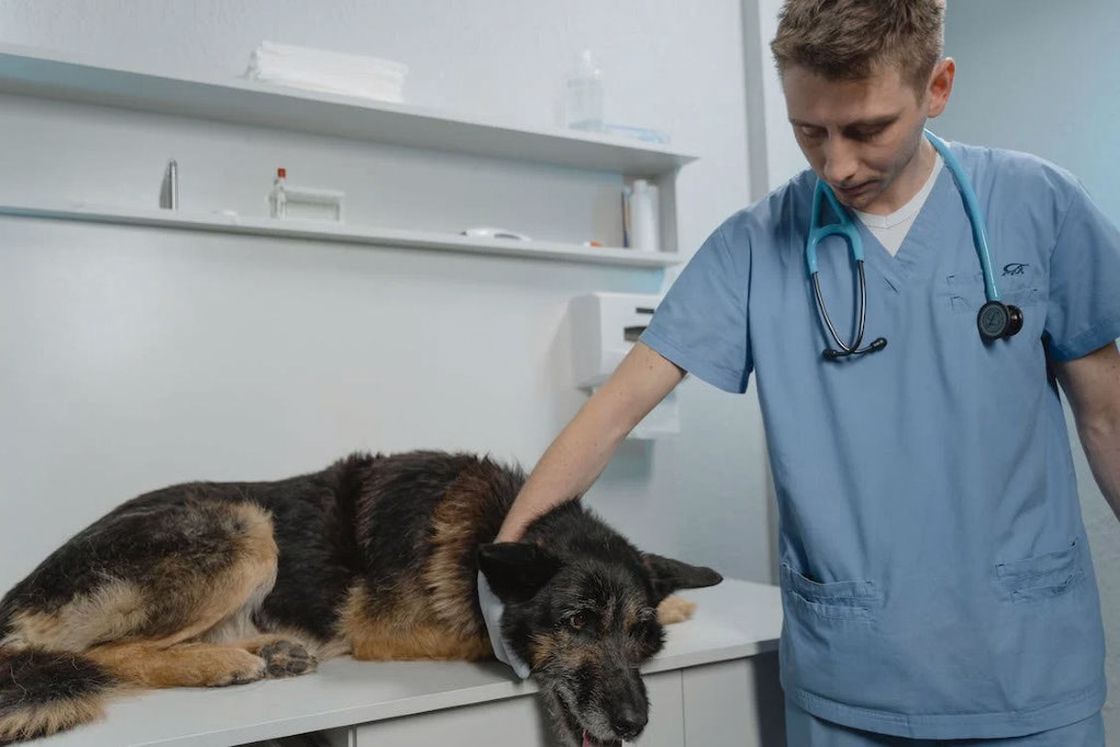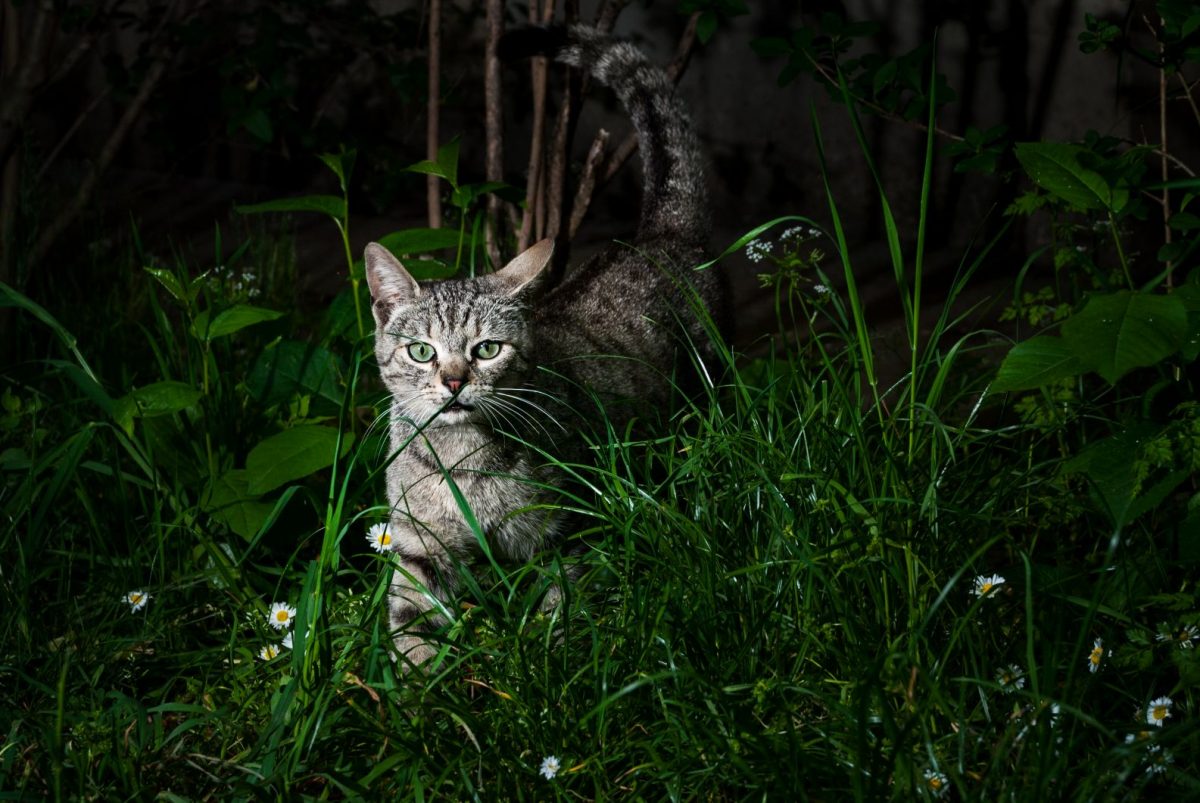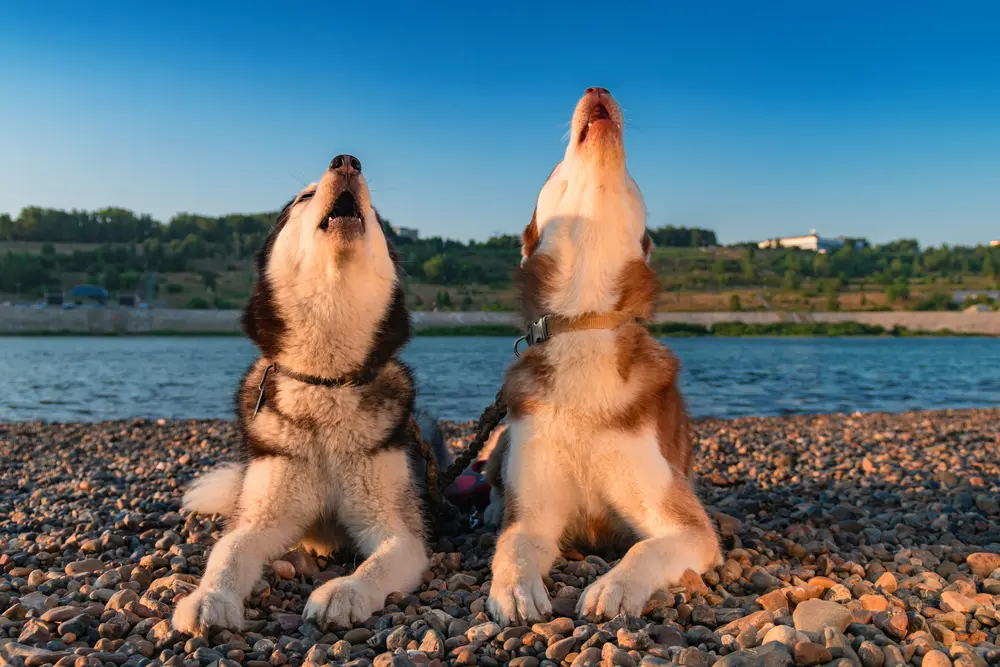The passing of a cherished pet is a moment filled with profound emotions and a sense of loss. Our furry companions hold a special place in our hearts and lives, often becoming integral members of our families.
In addition, When a beloved dog crosses the threshold from life to the afterlife, it prompts us to ponder what happens next. What exactly do veterinarians do with the remains of our loyal and dear four-legged friends?
What Do Vets Do With Dead Dogs
When a pet dog passes away, vets handle their body with care. They might offer choices like cremation or burial. If cremated, the dog’s body is respectfully turned into ashes. If buried, the owner can take the body back. Some people choose special options like pet cemeteries or turning the pet into a statue. Vets help owners decide what’s best for them and their pets.
In this journey, you’ll discover what happens in vet clinics after a dog passes away and help bring closure to their owners.
Notification: The vet will first contact you to inform you about your dog’s passing. This is a challenging call for them to make, as it involves delivering difficult news.
Decision on Disposition: During this call, the vet will discuss with you the options for handling your dog’s remains. You will need to decide between burial and cremation. Each option has its own considerations.
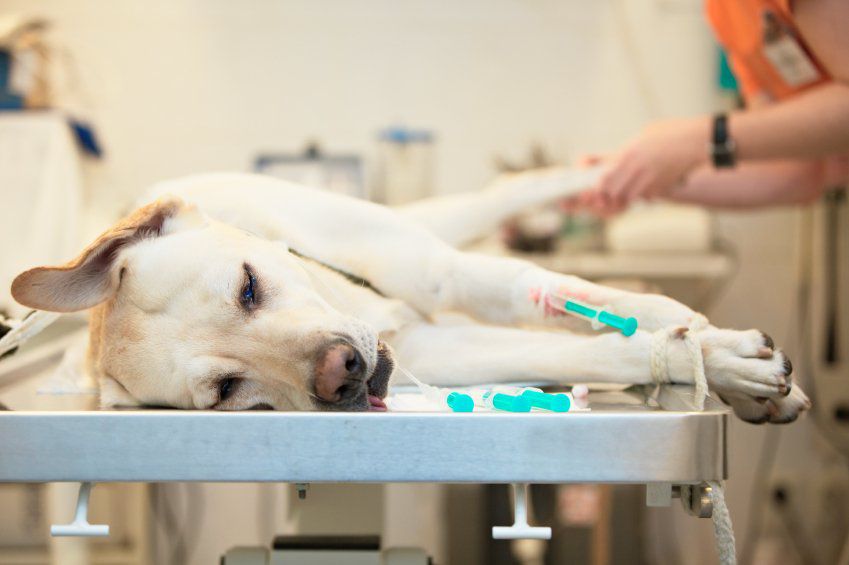
Preparation: If you choose to receive your dog’s remains, the vet will take steps to prepare the body. This includes cleaning and sterilizing the dog, as well as closing their eyes. These preparations are done to make the transition easier for you.
Autopsy: If the cause of your dog’s death is uncertain, and with your agreement, an autopsy might be performed. This is to determine the cause of death and rule out any contagious diseases.
However, please note that this procedure involves surgically opening the body, and the remains might not be returned to you if you proceed with this option.
Cremation: If you opt for cremation, the vet will arrange for this process. In most cases, your dog will be cremated along with other animals. If you wish to receive your dog’s ashes, it’s important to communicate this with the vet. There might be options for obtaining only your dog’s ashes, which might require using a private crematory.
Burial: If you choose burial, your dog’s body will be returned to you. The remains are typically curled into a sleeping position to facilitate transport, wrapped in a blanket, and placed in a box. It’s important to discuss the transportation process with the vet, as using a box can help prevent any fluid leakage during transport.
Third-Party Cremation: If the vet doesn’t have their own cremation facilities, they may collaborate with pet cremation institutes. This can involve transporting the dog’s body to a specialized facility for cremation. The ashes are usually returned to the owner after the procedure.
Donating for Research: In certain cases, owners might consider donating their pet’s body to universities or institutions with veterinary or medical programs. This allows the body to be used for educational purposes and the advancement of veterinary science.
What should be kept in mind when a pet dog passes away at the vet’s office?
Communication with the Vet: If your dog was in critical condition when taken to the vet, stay in touch with them to understand the dog’s condition and get updates.
Disposition Decision: Decide promptly whether you want to bury your pet’s body, handle the burial yourself, or entrust the vet with the responsibility.
Cremation Choice: If you opt for individual cremation, remember that it can be a bit messy and more costly. Consider this when making your decision.
Timely Retrieval: Immediately transport your pet’s body home from the vet whenever you decide to do so. This is crucial because, in the event of a delay, the veterinarian might have to keep the body frozen.
Post-Mortem Inquiry: If you have doubts about the cause of your pet’s passing, you can request a post-mortem examination under the appropriate authority to gain clarity.
Consent for Donation: Last but not least, when the vet recommends giving your pet’s remains to a neighboring institution, give the required permission after asking questions if necessary.
Respectful Burial or Cremation: When bringing your pet’s body home, ensure that you handle the burial or cremation process properly, without causing any disturbances to your neighbors.
Cremation Versus Burial — Which to Choose
| Aspect | Pet Cremation | Pet Burial |
| Cost | Typically ranges from $50 to $150 | This may involve costs such as a casket, and grave marker ( 700-1000$) |
| Handling of Remains | Individual or group cremations are available | Customizable burial arrangements |
| Ashes | Option to receive only your pet’s ashes | The remains are physically present |
| Vet’s Involvement | Vet-assisted or third-party services | More owner involvement in the burial process |
| Flexibility | Keep ashes at home or scatter them in a special place | Permanent memorial on family property |
| Environmental Impact | Eco-friendly option | Biodegradable burial options |
| Sentimental Value | Tangible ashes or symbolic resting place | Physical connection with the burial site |
| Regulations | Less restricted by local regulations | Local laws and zoning affect burial options |
| Decision Factors | Cost, convenience, flexibility, sentiment | Personal connection, family property availability |
| Commonality | Over 90% of pets are cremated | About 10% of pets are buried |
Alternatives to Pet Burial or Cremation
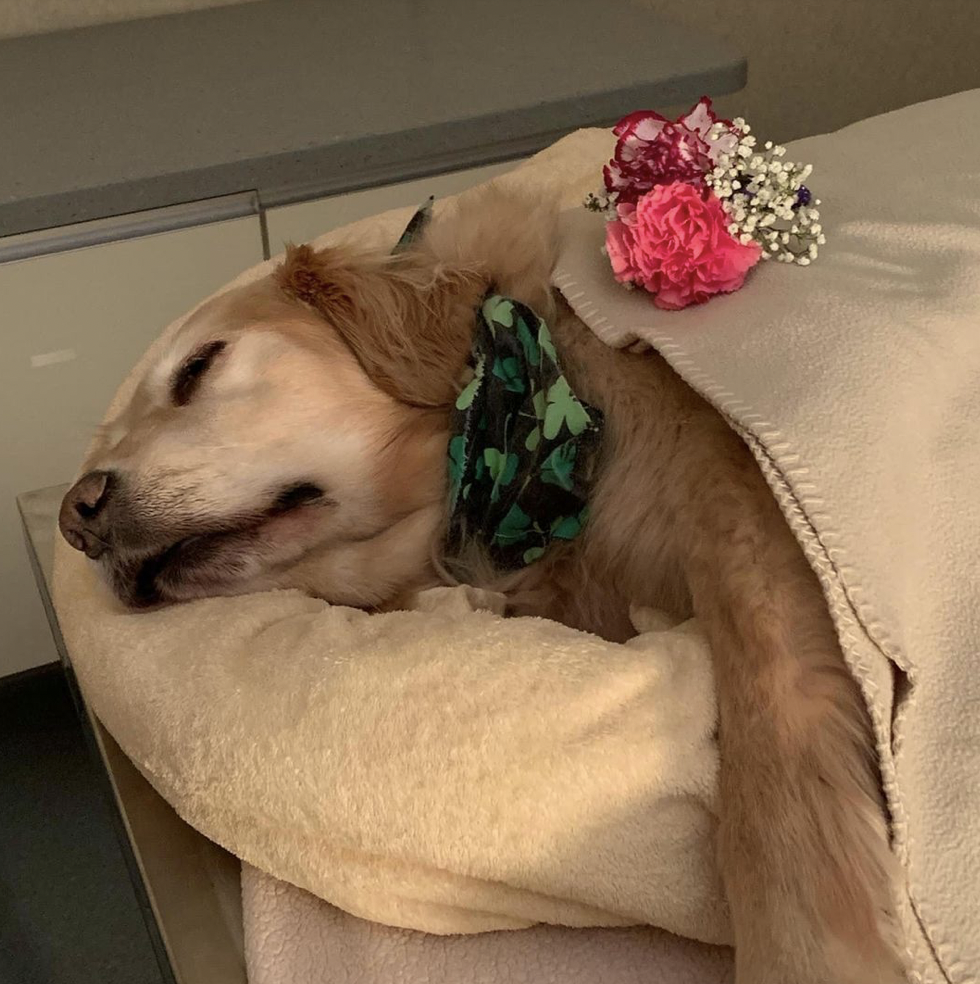
| Alternative | Description | Cost Range | Benefits | Considerations |
| Pet Cemetery | Local pet cemeteries offer a final resting place for your pet. Search online for nearby options. | $400 – $600 | – Allows visits to the resting place – Assured care by groundskeepers | Cost varies based on location and pet’s size |
| Taxidermy | preserves your pet’s physical form as a lifelike statue. | $5,000 and above | – Offers a lifelike memory – Comforting for some owners | Costly option – Research taxidermists and their work |
| Cremation | Cremation uses freezing to break down the body, resulting in ashes. | (700-1000$). | – Eco-friendly option – Produces ashes for scattering | Prices depend on the service provider and the pet’s size |
| Resomation | Resomation uses a chemical process to dissolve the body, yielding ashes. | Same as before | – Environmentally conscious choice – Results in ashes for memorial | Costs vary based on the service provider and the pet’s size |
FAQ
What do vets give dogs to end their life?
The veterinarian will administer a strong and lethal dose of a drug known as sodium pentobarbital. This drug takes effect rapidly, often within 30 seconds or even less. It brings about a peaceful and painless sleep, leading to the dog’s heart stopping
How do vets deal with death?
Veterinarians often employ coping strategies such as discussing their emotions with clients or fellow professionals, sending sympathy cards or personal notes, making donations in the pet’s name, writing letters from the pet’s perspective, and sharing mementos or photos to navigate through the experience of loss.
Is euthanasia painful for dogs?
No, Once the euthanasia solution is injected, the heart and lungs cease functioning within minutes. Since dogs are unconscious at this point, they typically do not experience pain. While some dogs might exhibit muscle spasms or cries due to preexisting illnesses, the procedure itself is swift, straightforward, and devoid of pain.
How do you safely bury a pet?
- Cremation ashes are a safer option for burial as they don’t harm the environment or other animals.
- Dig to a sufficient depth, around 3 feet, to prevent disturbance by other animals or flooding.
- If your pet hasn’t been cremated, still aim to bury them at a depth of at least 3 feet
Did the dog know he was being put to sleep?
No, dogs don’t comprehend that they are being euthanized or what follows after receiving the sleep-inducing injection. While it is not sure how dogs perceive this moment, being close to them, petting them, and speaking to them likely provides comfort and reassurance during this process.
Conclusion:
In end result, the process that takes place inside veterinary hospitals after a dog passes away is characterized by kindness, respect, and deliberate thought. The remains of departed pets are handled sensitively by veterinarians and their colleagues, who provide pet owners with options including cremation or burial to fit their wishes.
Furthermore, The procedure honors the relationship between people and their animal companions while also bringing comfort and closure during a trying moment. Veterinarians make sure that the last arrangements are made with the highest care and dignity since they understand how much pets mean to their owners. This allows both the pets and their owners to find peace.







